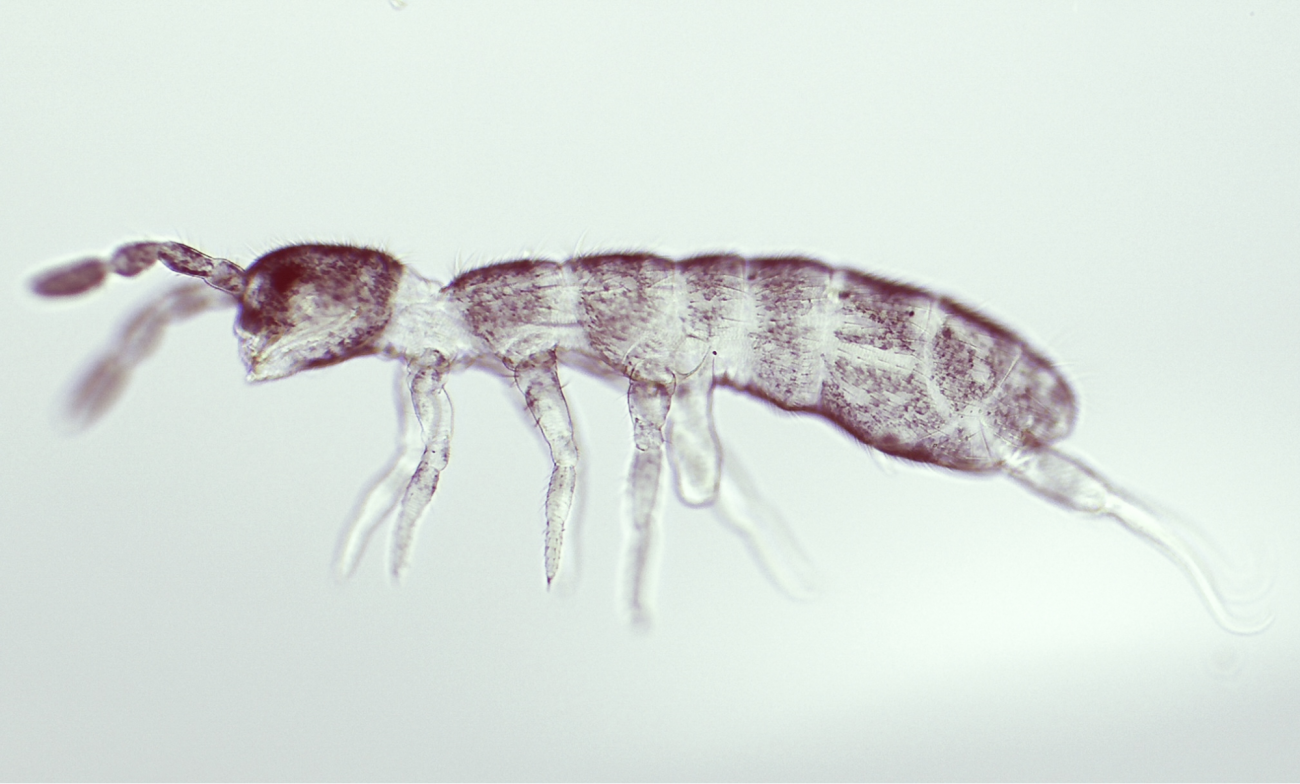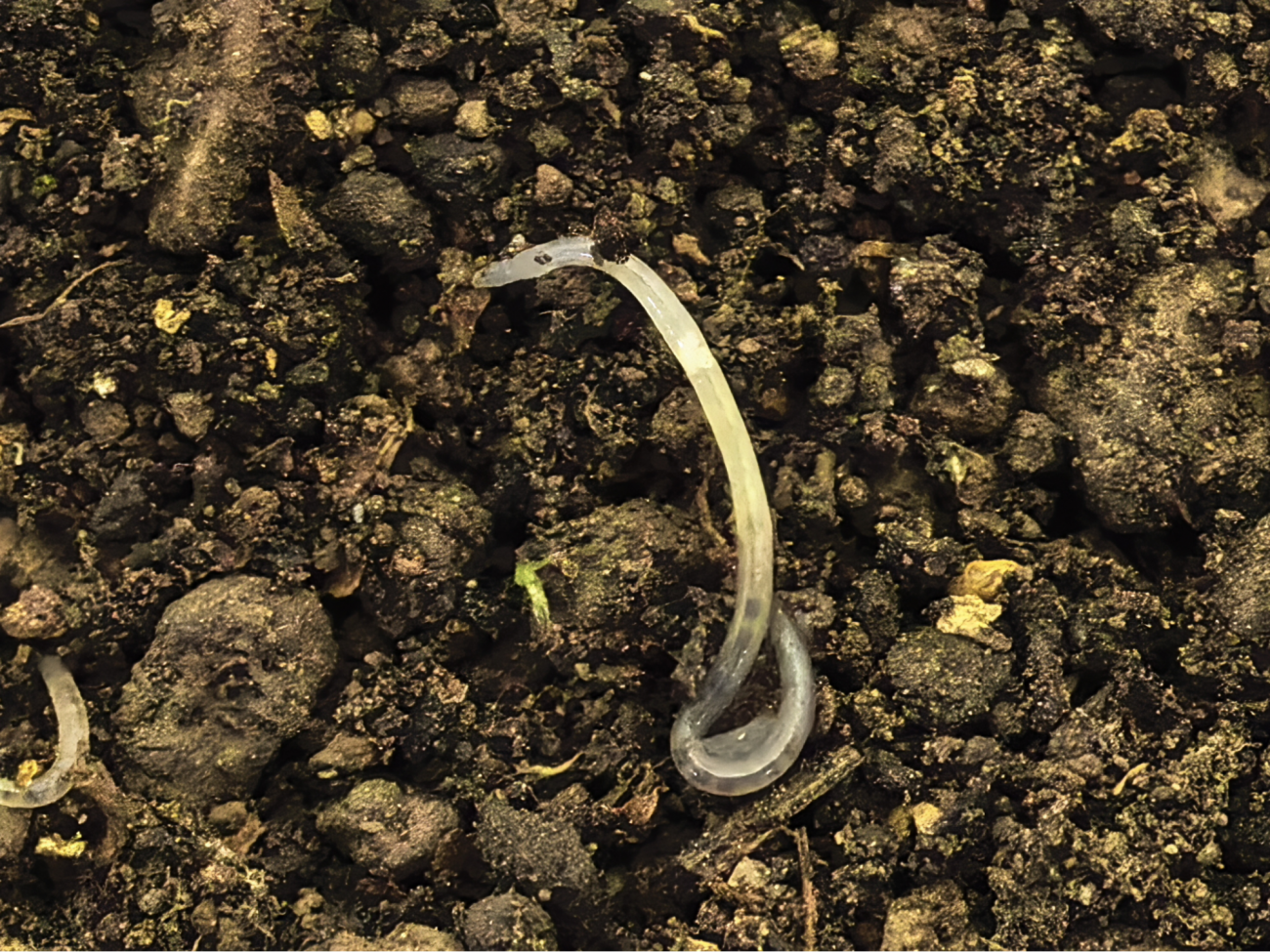
Many soil animals, superficially similar, actually belong to different species. These so-called cryptic or "hidden" species play an important role in soil functioning but remain undetected by traditional research methods. Scientists from the A.N. Severtsov Institute of Ecology and Evolution of the Russian Academy of Sciences (IEE RAS) analyzed over 300 studies and proposed approaches that allow for more accurate identification of this "hidden" soil biodiversity.
The problem of assessing the contribution of cryptic species to overall soil biodiversity remains unresolved for most soil animal taxa. Given that new mesofauna species are described almost daily, the likelihood of discovering "hidden" species is increasing. This is especially true for springtails, oribatid mites, and enchytraeids, which perform key ecological functions, from maintaining fertility of the soil and nutrient cycling to stabilizing the climate. Identification of cryptic species is necessary to understand the mechanisms of soil ecosystem stability and predict their response to climate change and anthropogenic impacts.

"Our review shows that the apparent uniformity of soil organisms conceals a vast, undescribed biodiversity," says Margarita Danilova, lead author of the study and a junior researcher at the Laboratory for the Study of Ecological Functions of Soils at IEE RAS. "Ignoring cryptic species can seriously distort our understanding of soil function and its role in ecosystems."
These results are important for the development of soil zoology and ecology: identifying cryptic species helps accurately assess the biodiversity and functional capacity of soil biota. This, in turn, is essential for predicting ecosystem resilience and effectively managing natural resources.
"Identifying and recording cryptic species opens a new direction in soil biota research," emphasizes Andrey Zaitsev, PhD (Geography), project leader and leading researcher at the Laboratory for the Study of Ecological Functions of Soils at IEE RAS. "We plan to further study how cryptic diversity is related to the ecological functions of the soil and whether it can increase its resilience to climate change, degradation, and increasing anthropogenic pressure."
This work was supported by the Russian Science Foundation (project no. 23-14-00201).
The results of this study were published in the journal Methods in Ecology and Evolution. Danilova, M. A., Zvychaynaya, E. Y., Guseva, P. A., & Zaitsev, A. S. (2025). Investigating soil mesofauna cryptic diversity: Current challenges and perspectives. Methods in Ecology and Evolution, 16, 1587–1598.
